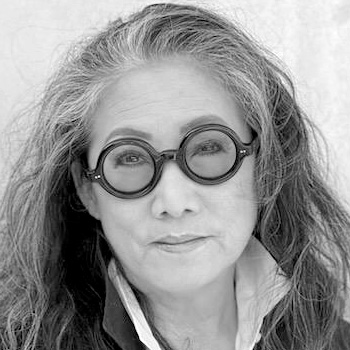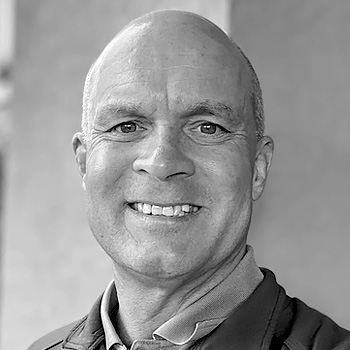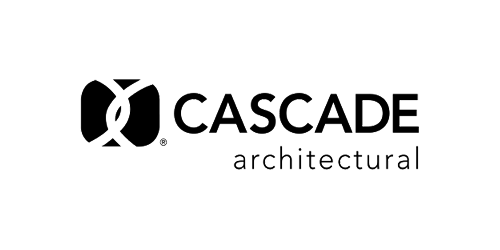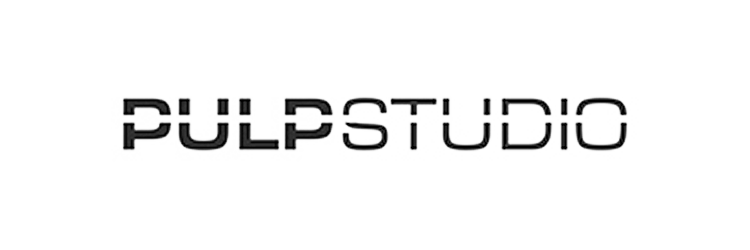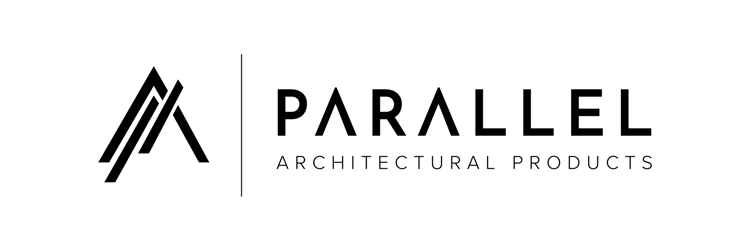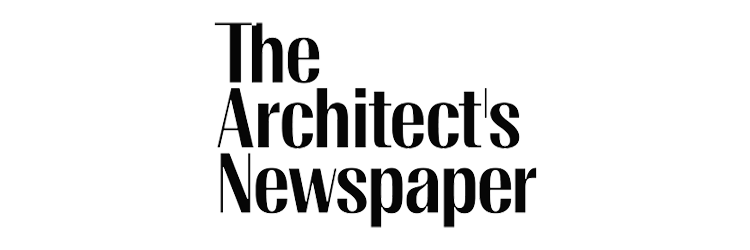West
EVENT THEME
Detailing High-Performance Facades: Strategy, Specifications, and Advanced Cladding Materials
Today’s high-performance facade standards require the deft balancing of aesthetics, technical detailing, and the demands of the client and local building regulations. This workshop will discuss both material and technical solutions to meet those standards. Experts will be on hand to lead tutorials on the most recent innovations in rainscreen cladding, sealant solutions, and much more. Attendees will leave with a greater knowledge of material applications at the cutting-edge of energy performance and code compliance, all while learning of attractive solutions for clients and end users.
view_agenda Agenda
10AM - 11AM
Credit type: 1 AIA HSW LU
Provider: Porcelanosa
This course covers the fundamentals of rainscreen systems, including their purpose and benefits. It highlights the advantages of using porcelain as a cladding material, such as water and fire resistance, and sustainability. Participants will learn about designing with cladding, optimizing installation, and understanding cladding systems, components, detailing, and building science. The course aims to provide a comprehensive understanding of porcelain cladding systems and their applications.
Learning Objectives
- Understand the benefits and function of ventilated facades
- Recognize the advantages of porcelain as a cladding material
- Explore various cladding systems
- Learn efficient panel layouts for labor economy
11AM - 12PM
Credit type: 1 AIA HSW LU
Provider: Pulp Studio
Few building materials have as great an impact on aesthetics, performance, and function as glass does. Yet, not all the different types of glass and their potential for being fabricated into different architectural components are as well-known as they could be. This course provides architects and other design professionals with an overview of the full range of possibilities available from glass manufacturers and fabricators.
Learning Objectives
- Identify and recognize the characteristics of different types of architectural glass and some of the national safety performance standards that are applicable.
- Investigate the design potential and innovative opportunities to create building exteriors and interiors that are safe and attractive using glass technology.
- Assess the fabrication options of architectural glass to contribute to the welfare of building occupants through light and artistic applications.
- Specify different appearances, textures, and properties for architectural glass for use in new and existing commercial buildings of all types.
12PM - 1PM
Credit type: 1 AIA HSW LU
Provider: Evolv Surfaces
NEOLITH® (meaning New Stone) is pioneering a revolutionary new product category that is born in the last decade in order to effectively respond to the most demanding architectural and interior design needs. Designed and produced in Spain, NEOLITH® is a 100% natural product with extraordinary physical and mechanical characteristics that make it an ideal material for virtually limitless indoor and outdoor applications.
Learning Objectives
- Identify and recognize the characteristics and beneficial properties of sintered compact surfaces.
- Investigate the manufacturing process of sintered compact surfaces and the suitability of the product to both interior and exterior building applications. How are Sintered Compact Surfaces Manufactured?
- Assess the functional contributions of Sintered Compact Surfaces as they contribute to green and sustainable building design.
- Specify Sintered Compact Surfaces in a variety of green and conventional buildings and formulate appropriate selections related to specific applications.
1PM - 2PM
Credit type: 1 AIA HSW LU
Provider: Cascade Architectural
Architecture is light.” As Le Corbusier stated, indeed architects spend a lot of design time working with the dynamic interplay of natural and artificial lighting on to, and in to, their building’s surfaces, materials, and three-dimensional spaces to create a complete experience for building occupants. With variable light transmission and reflection qualities, coiled wire fabric has quickly become one of the most popular materials for incorporating light into buildings by offering unparalleled design flexibility and customization through an incredibly cost-effective and durable material option suitable for a wide range of interior and exterior applications. This course delves into the specifics of this versatile architectural metal mesh material and looks at the variety of ways that it can be used to enhance architecture through the use of light. Starting with an overview of the material, we then look at the ways it can be a means of control and enhancement of both natural daylight and electrical lighting. Further, we explore its use as a surface where still or moving imagery can be projected. Ultimately, it is the combination of design prowess, materials, and lighting that create beautiful, functional architecture as seen in examples cited.
Learning Objectives
- Identify and recognize the specific nature of coiled wire fabric with its abilities to impact lighting, ventilation, and well-designed healthy spaces.
- Assess the use of coiled wire fabric to control or enhance the use of sunlight to create improved indoor environments for the welfare of their occupants.
- Explain the options available for using electrical lighting, including low voltage or energy efficient LED lighting, for interior and exterior installations.
- Determine ways to use coiled wire fabric to receive projected imagery, both fixed and moving, for artistic or performance purposes.
2PM - 3PM
Credit type: 1 AIA HSW LU
Provider: Parallell
In this course, architects will learn about the manufacturing methods, applications, and benefits of wood-look aluminum architectural products. This includes exploring the extrusion, powder coating and sublimation processes, as well as the qualities that make aluminum a resilient and eco-friendly choice for modern architecture. Applications covered in this course will be cladding, soffits, battens, fencing, gates, raining, privacy screens, and pergolas.
Learning Objectives
- Discuss the favorable attributes, including performance, sustainability, and aesthetics of aluminum architectural products.
- Contrast the benefits of aluminum architectural products to that of traditional material specified such as lumber or composites.
- Understand and explain the manufacturing process and aesthetic benefits of wood-patterned aluminum.
- State the range of uses, maintenance requirements, and cost considerations of wood-patterned aluminum architectural products.


